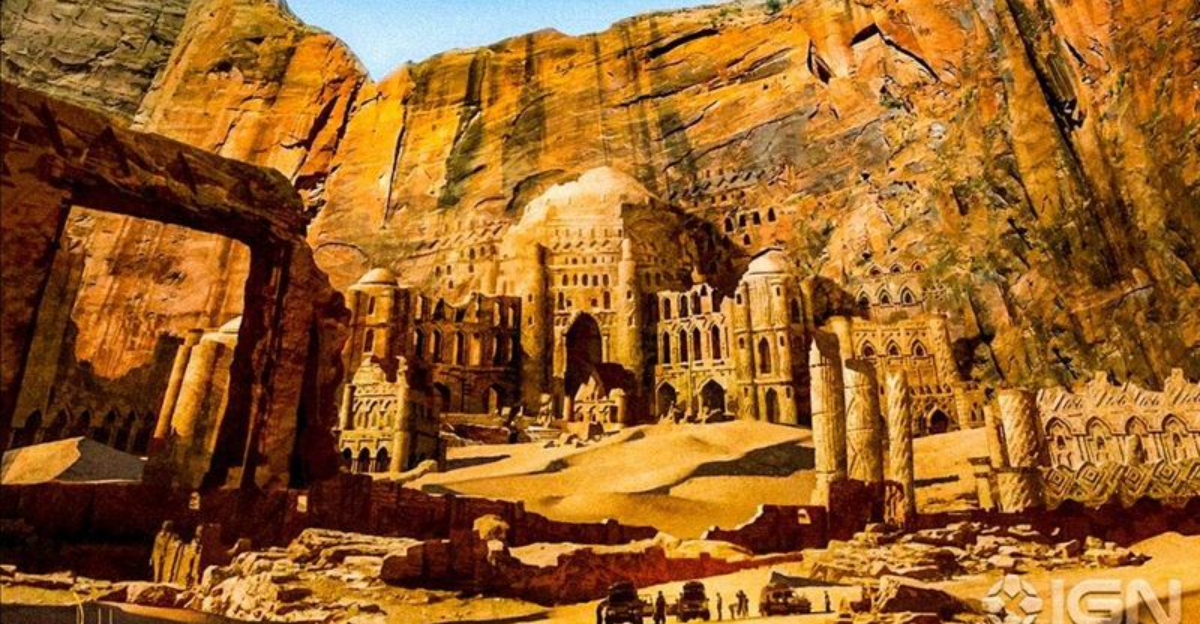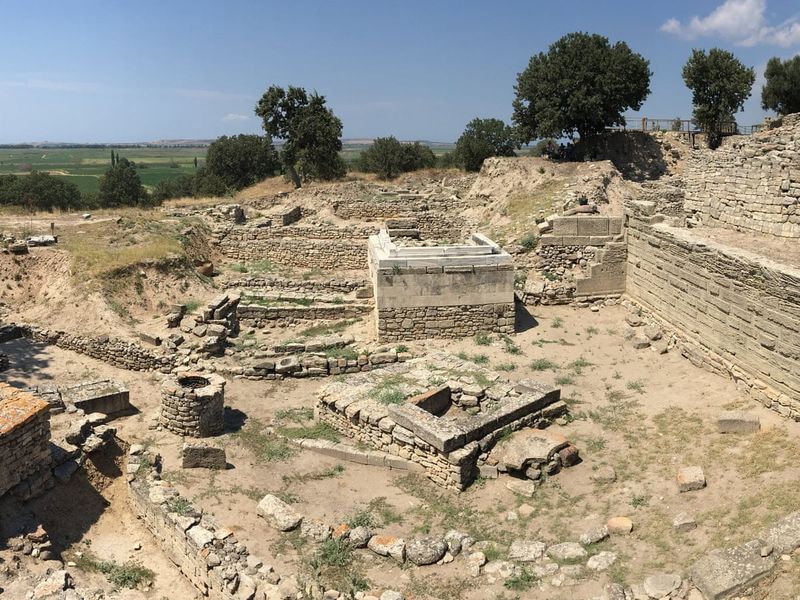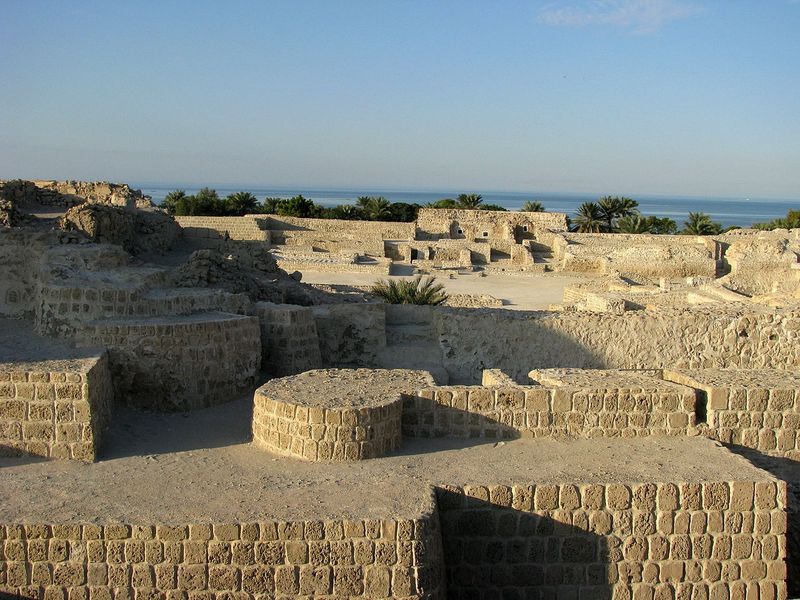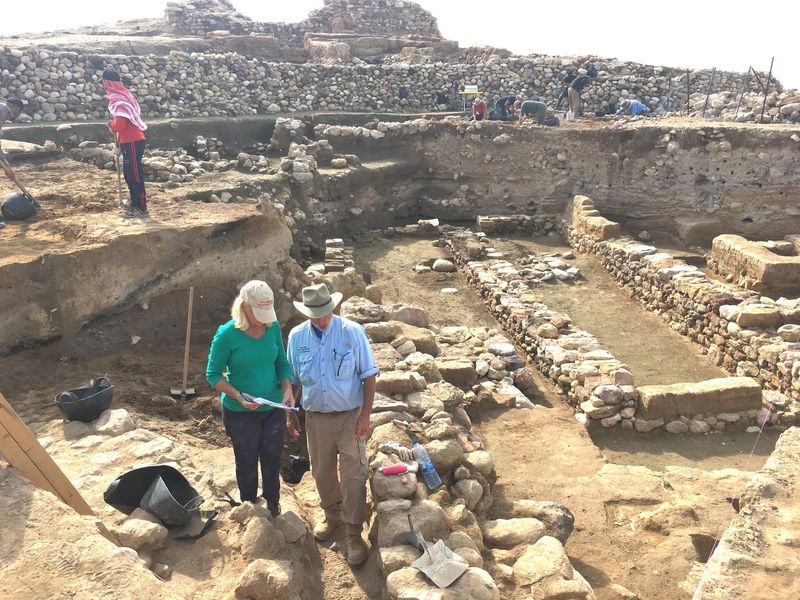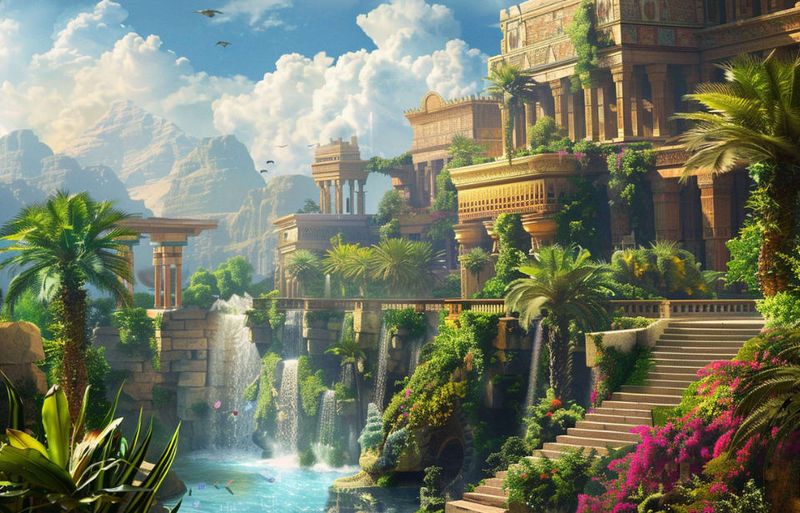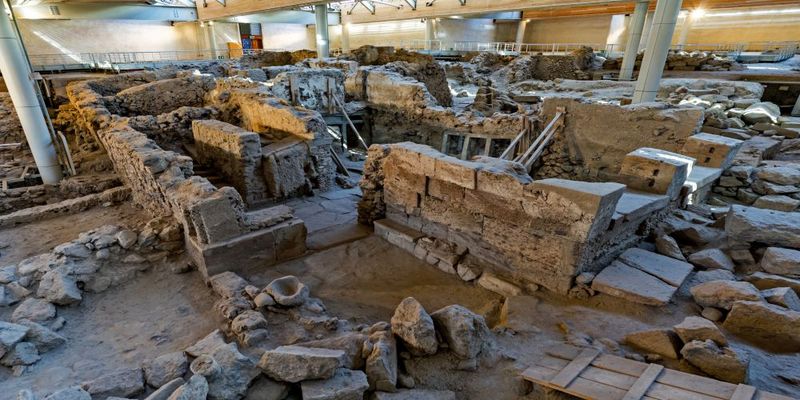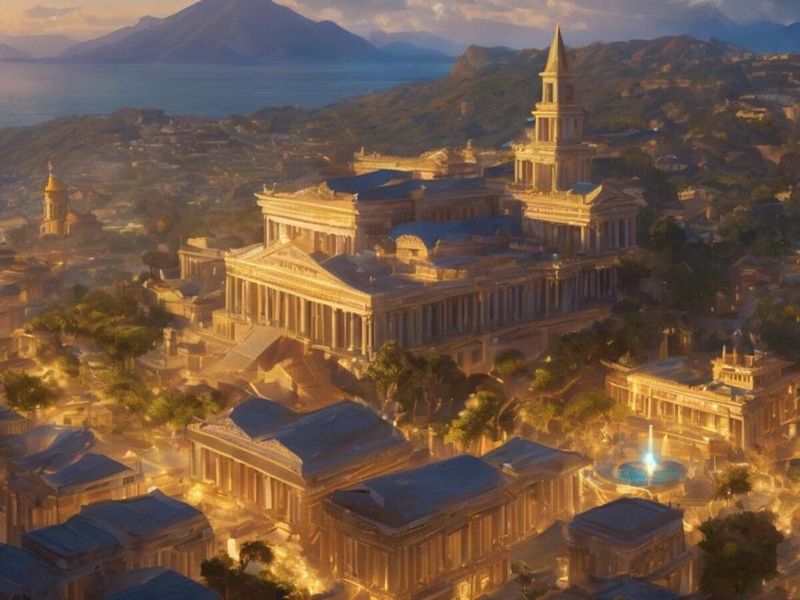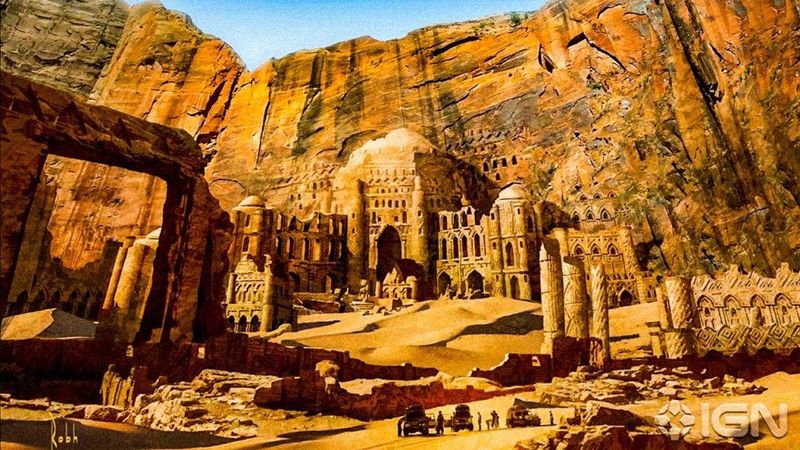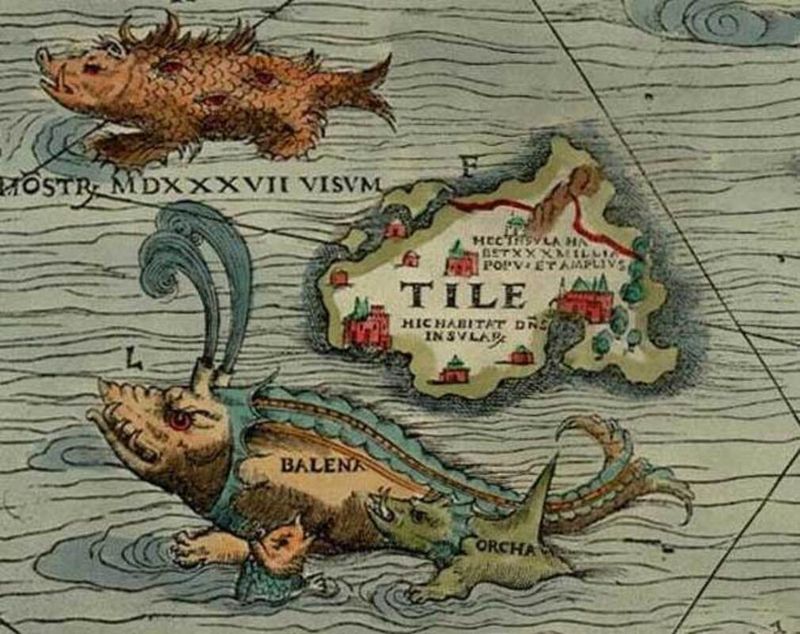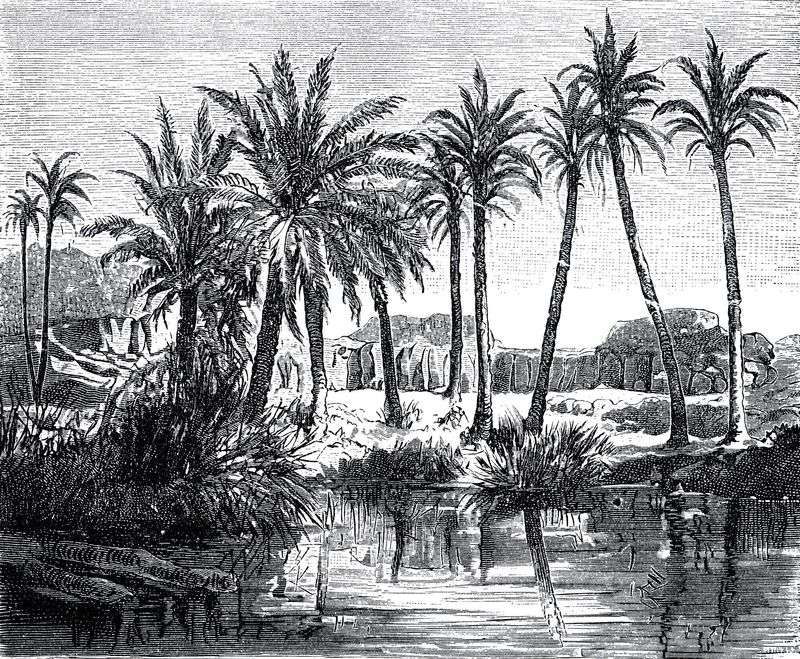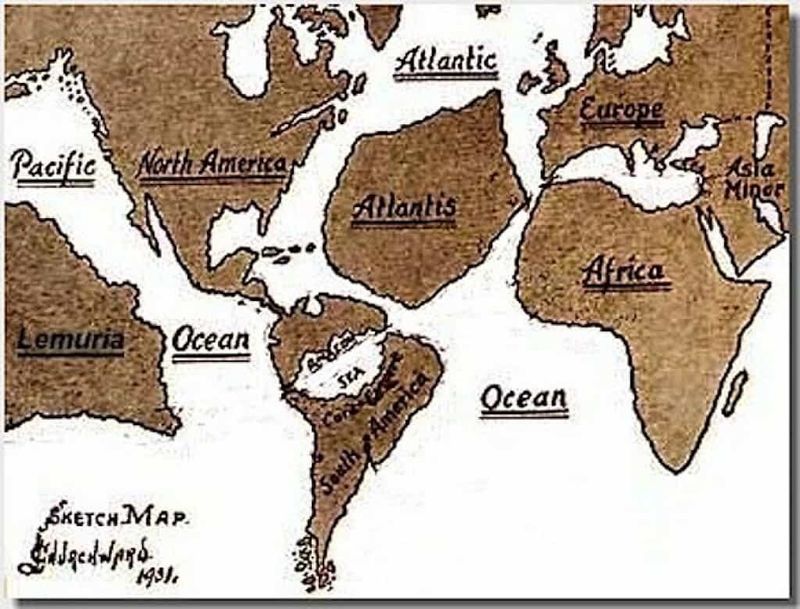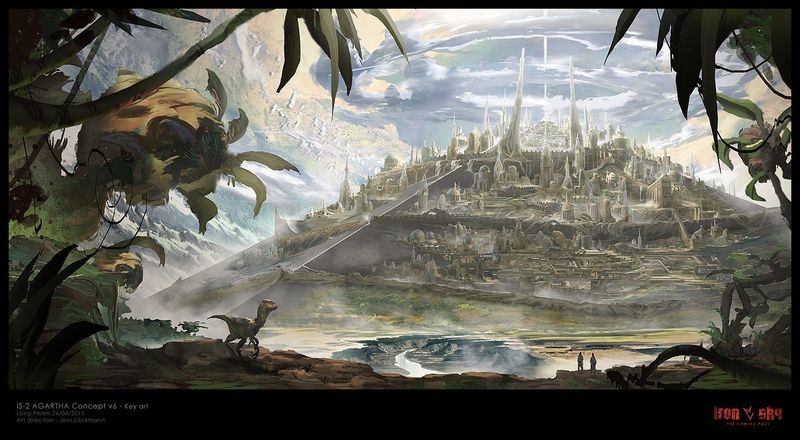Throughout history, humans have passed down stories of legendary places filled with treasure, mystery, and wonder.
Some of these seemingly fantastical locations have actually been discovered by modern archaeologists, while others remain elusive but tantalizing possibilities.
The line between myth and reality often blurs when ancient texts lead excavators to surprising discoveries in remote corners of the world.
1. Troy: The City Behind Homer’s Epic
Many dismissed Troy as pure fiction until German businessman Heinrich Schliemann uncovered its ruins in 1870 at Hisarlik, Turkey. The city wasn’t just real – it was rebuilt nine times over centuries! Archaeological evidence reveals a wealthy Bronze Age settlement that suffered violent destruction around 1250 BCE, aligning with the estimated timing of the Trojan War. Multiple layers of artifacts confirm this wasn’t just a minor outpost but a significant cultural center exactly where ancient texts placed it.
2. Dilmun: Paradise of Mesopotamian Legends
Ancient Sumerians spoke of Dilmun as a pure, bright land where illness and death didn’t exist. Archaeologists now identify this paradise with Bahrain, an island trading hub in the Persian Gulf. Excavations have uncovered massive temple complexes, thousands of burial mounds, and evidence of extensive trade networks dating back to 3000 BCE. Cuneiform tablets reference Dilmun as a crucial commercial center connecting Mesopotamia with the Indus Valley, proving this mythical paradise had very real economic importance.
3. Sodom and Gomorrah: Cities Destroyed by Fire
Biblical tales describe divine destruction raining from the heavens, obliterating these sinful cities. At Jordan’s Tall el-Hammam, archaeologists found something shocking – evidence of a cosmic airburst around 1650 BCE. The devastation included melted pottery requiring temperatures exceeding 2,700°F, shocked quartz (found at nuclear blast sites), and a complete absence of human settlement for 300-600 years afterward. The catastrophic destruction patterns match exactly what would happen if a meteor exploded above the city – just as described in ancient texts.
4. Hanging Gardens of Babylon: Ancient Wonder Misplaced?
No archaeological evidence of these legendary gardens has been found in Babylon itself, leading to a fascinating theory – they were actually in Nineveh, built by Assyrian king Sennacherib, not Nebuchadnezzar of Babylon. British Assyriologist Stephanie Dalley points to ancient texts describing an “unrivaled palace” and sophisticated irrigation technology in Nineveh. Archaeological discoveries there include an aqueduct system and water-raising devices perfectly matching the engineering required for elevated gardens, suggesting Greek historians may have misattributed one of history’s most famous gardens.
5. Atlantis: Volcanic Catastrophe Remembered
Forget underwater cities – the most compelling explanation for Atlantis links it to Santorini’s catastrophic volcanic eruption around 1600 BCE. This devastating event buried the advanced Minoan settlement of Akrotiri under ash, preserving it like a Bronze Age Pompeii. The parallels are striking: an advanced island civilization with sophisticated plumbing, multi-story buildings, and elaborate art suddenly destroyed. When Plato described Atlantis centuries later, his timing was off, but the core story—a technologically advanced island culture obliterated by natural disaster—matches perfectly with what archaeologists have uncovered.
6. El Dorado: Golden Ceremonies Misunderstood
Spanish conquistadors misinterpreted indigenous tales about a “golden man” (El Dorado) into an entire city of gold. Archaeologists now understand these stories referred to actual Muisca ceremonies at Lake Guatavita in Colombia. During these rituals, a new tribal leader covered in gold dust would dive into the sacred lake while throwing golden offerings into the waters. Hundreds of intricate gold artifacts have been recovered from the lake, confirming the ceremony’s reality. The myth wasn’t completely wrong – just dramatically exaggerated by gold-hungry Europeans.
7. Iram of the Pillars: Lost City Found by Satellite
Mentioned in the Qur’an as a wealthy trading center punished for its inhabitants’ pride, Iram seemed purely legendary until 1992. That’s when archaeologists using NASA satellite imagery spotted ancient caravan routes converging on the remote site of Shisr in Oman. Excavations revealed an 8-sided fortress, towers, and a wealth of artifacts dating to 2800 BCE. Most telling was evidence of sudden abandonment after the collapse of a limestone cavern beneath the city – exactly matching the Qur’anic description of a city that “sank into the earth.”
8. Thule: Arctic Mystery Described by Pytheas
Around 330 BCE, Greek explorer Pytheas claimed to reach a northern land called Thule, where “the sun never sets” and sea became “neither air nor water” but something like a “sea lung.” For centuries, scholars dismissed his account as fantasy. Modern archaeologists now believe Pytheas likely reached Iceland or Norway, accurately describing Arctic phenomena like midnight sun and partially frozen seas. His measurements of latitude were remarkably precise for ancient times. What was once considered a fictional utopia was likely just the first Greek description of the far northern lands.
9. Zerzura: The White City of the Desert
Arab and Bedouin tales described a mysterious “white city” hidden among the dunes of the Sahara, with sleeping kings and untold treasures. Early 20th-century explorers became obsessed with finding this oasis city. While no single “white city” has been discovered, satellite archaeology has revealed hundreds of previously unknown settlements throughout the Libyan Desert. Many were abandoned as climate change transformed once-fertile regions into impassable sand seas around 3000 BCE. The legend likely preserves collective memory of these lost desert communities.
10. Lemuria: Scientific Theory Turned Myth
Unlike most mythical places, Lemuria began as a scientific hypothesis in 1864 when zoologist Philip Sclater proposed a lost continent to explain similar lemur fossils found in Madagascar and India. The theory gained popularity before continental drift was understood. Modern geology completely disproves Lemuria’s existence – plate tectonics explains the fossil distribution without any missing landmass. Ironically, this disproven scientific theory was adopted by occultists and fiction writers, transforming a failed hypothesis into a mythical civilization complete with advanced technology and psychic powers.
11. Agartha: The Hollow Earth Fantasy
Victorian-era occultists popularized Agartha as an advanced civilization inside a hollow Earth, accessible through secret polar entrances. No scientific evidence supports this idea, yet it persists in conspiracy theories today. Geologists have thoroughly mapped Earth’s interior using seismic waves, confirming our planet has a solid inner core, liquid outer core, and mantle. The fantasy likely originated from early scientific uncertainty about Earth’s composition combined with Western fascination with “hidden masters” supposedly guiding humanity – a concept borrowed and distorted from various Eastern spiritual traditions.
12. Ys: Breton Atlantis Swallowed by Waves
Breton folklore tells of a magnificent city named Ys built below sea level, protected by a massive dike with a single gate. When the king’s daughter Dahut opened this gate during a storm, the entire city was swallowed by the Atlantic. Archaeological evidence shows sea levels around Brittany rose significantly between 4000-2000 BCE, submerging coastal settlements. Medieval chroniclers may have combined these real events with moral warnings about pride and sin. While no single “city of Ys” has been found, underwater surveys have discovered numerous prehistoric structures along Brittany’s coast.
